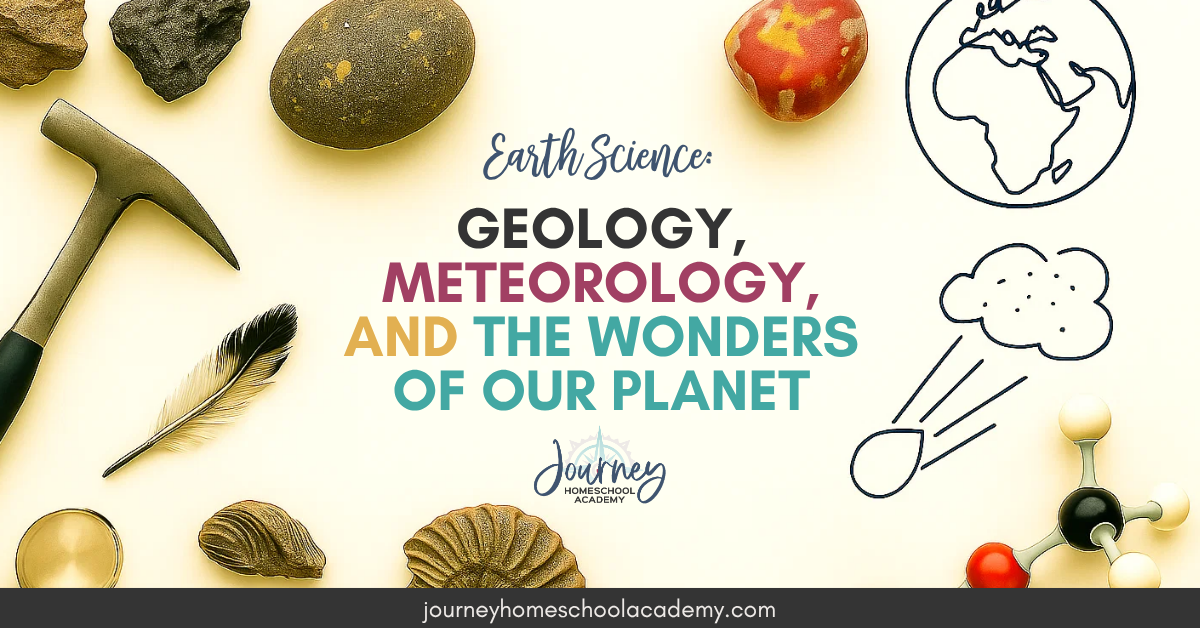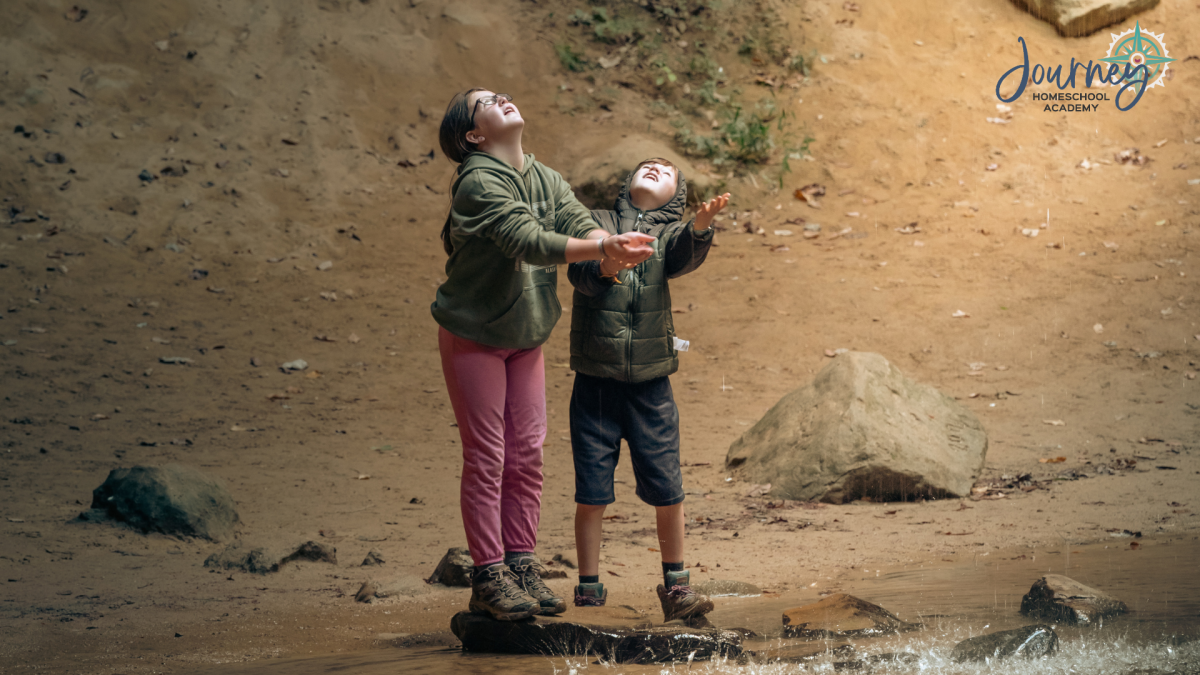If you’ve homeschooled for any length of time, you probably know that kids are natural scientists. They’re constantly asking questions like “Why are rocks different colors?” or “Why is it storming today?” or “Where do fossils come from?”
Those curious questions are the perfect springboard into Earth science. Yet many parents feel a little intimidated when they think about teaching geology, meteorology, and all the big wonders of our planet. The good news? Earth science is one of the most exciting—and accessible—subjects to study at home!
As Christian homeschooling families, we don’t just study Earth science for academics. We study it to marvel at the creativity of our God who designed mountains, oceans, weather patterns, and everything in between. Let’s take a closer look at geology and meteorology and how you can explore them in your homeschool with confidence.
Earth Science: Geology, Meteorology, and the Wonders of Our Planet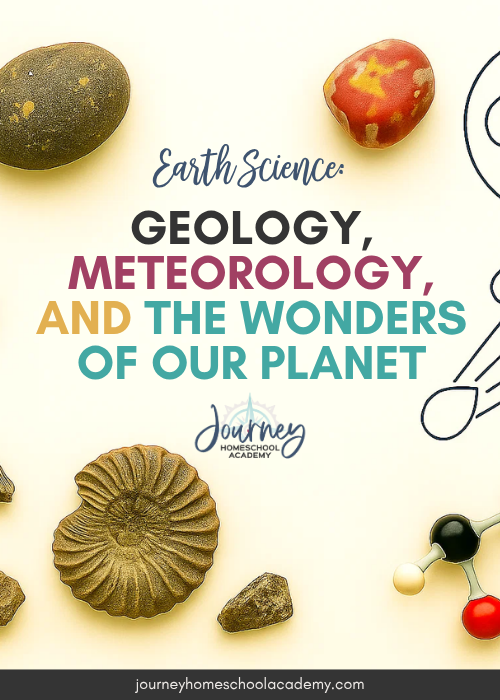
Why Teach Earth Science at Home?
Earth science is everywhere. It’s in the soil under your feet, the clouds overhead, and the fossils hidden in the ground. Teaching it at home offers your kids:
- Practical understanding of everyday life (weather, seasons, natural disasters).
- Awe and wonder for God’s creation.
- Preparation for deeper sciences like chemistry and physics.
When students grasp the natural world, they’re not just learning facts. They’re learning to see the hand of God in the details of creation.
Geology – The Story Written in Stone
What is Geology?
Geology is the study of Earth’s structure, rocks, and the processes that shape our world—from plate tectonics and earthquakes to fossils and mountain formation. It’s basically the “biography” of the Earth written in stone.
Fun Homeschool Applications
- Rock and Mineral Collections: Let your child start a rock collection from your backyard or on family hikes. Labeling and sorting rocks builds observation skills.
- Sediment Jars: Fill a jar with soil, shake it up with water, and watch the layers form as it settles—a mini-lesson on sedimentary rock formation!
- Crystal Growing Kits: A hands-on way to see how minerals form.
Faith Connection
Geology shows us God’s order in creation. From the layers of the Earth to the patterns in crystals, we see how our Creator designed a world with structure, beauty, and purpose.
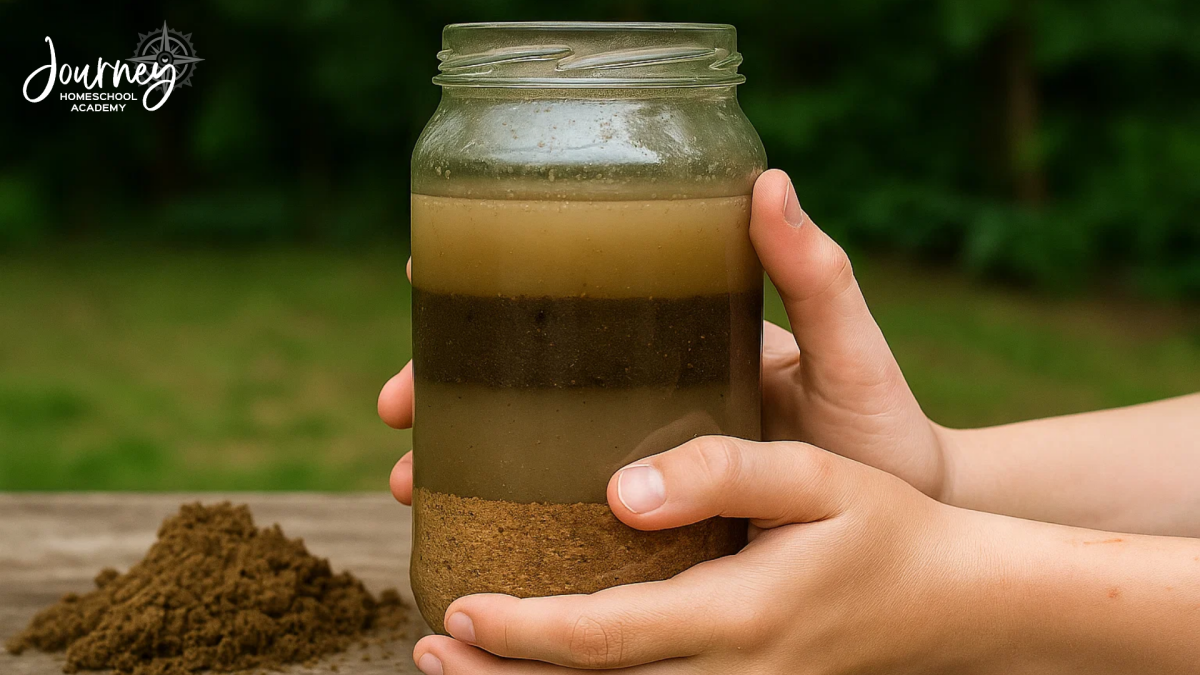
Meteorology – God’s Hand in the Weather
What is Meteorology?
Meteorology is the study of weather and the atmosphere. Kids are fascinated by storms, lightning, snow, and clouds—making this one of the easiest sciences to connect to daily life.
Fun Homeschool Applications
- Weather Journal: Track daily temperatures, precipitation, and cloud types.
- DIY Instruments: Build a homemade barometer, rain gauge, or wind vane.
- Storm Study: Watch radar maps during severe weather and connect what you see to geography.
Faith Connection
Throughout Scripture, God uses weather as both a blessing and a teaching tool. Think of Noah’s flood, Elijah’s drought, or Jesus calming the storm. Studying meteorology can lead to rich conversations about God’s power and provision.
Earth Science as a Gateway to Wonder
What makes Earth science so special for homeschool families is how naturally it sparks curiosity. When kids ask:
- Why do volcanoes erupt?
- Why do we have seasons?
- Where do fossils come from?
…they’re connecting geology and meteorology to the big questions of life. Earth science doesn’t just fill their heads with facts—it trains them to think critically, ask good questions, and see God’s handiwork all around them.
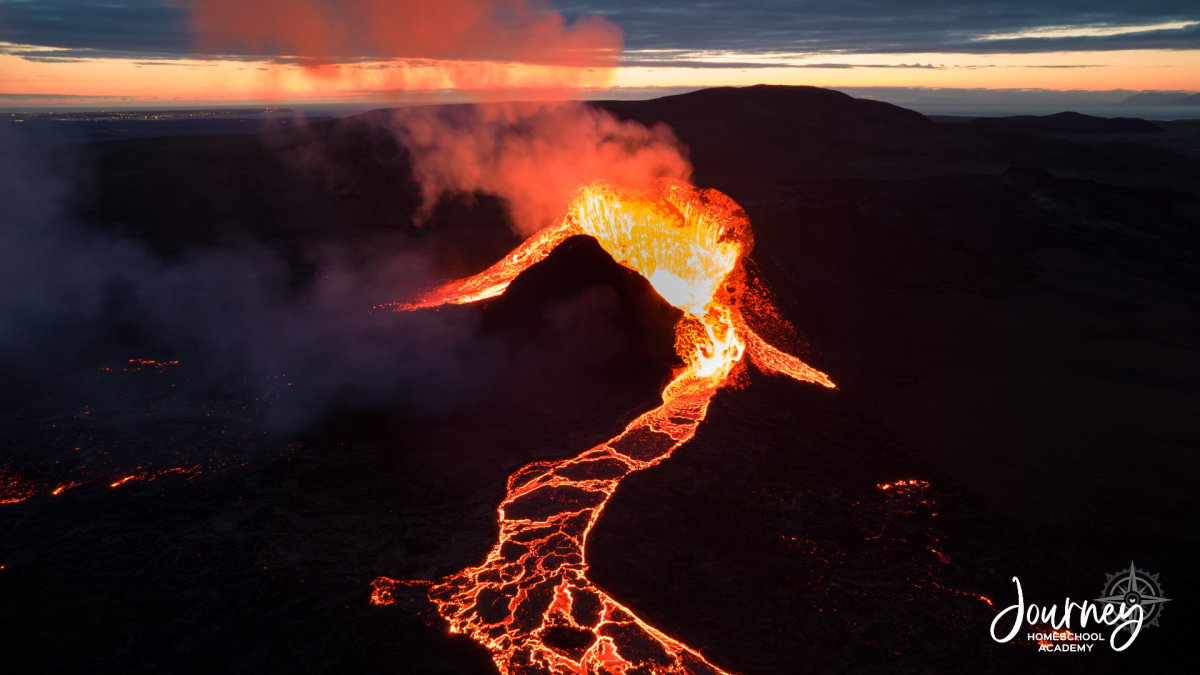
Making Earth Science Work in Your Homeschool
Here’s the challenge: most parents don’t feel like they know enough science to teach geology or meteorology. And that’s okay! You don’t need to be a geologist or meteorologist—you just need the right tools.
That’s where Journey Homeschool Academy’s Earth Science Explored courses come in. Designed for both elementary (ages 6–11) and middle school (ages 11–14), these courses:
- Include engaging video lessons with rich visuals.
- Offer hands-on labs and activities that make science come alive.
- Provide flexible scheduling (one lesson per week, or move at your own pace).
- Teach from a distinctly Christian worldview—so your kids see God in every layer of rock and every storm cloud.
Check out Earth Science Explored here to see how easy it can be to bring this subject into your home.
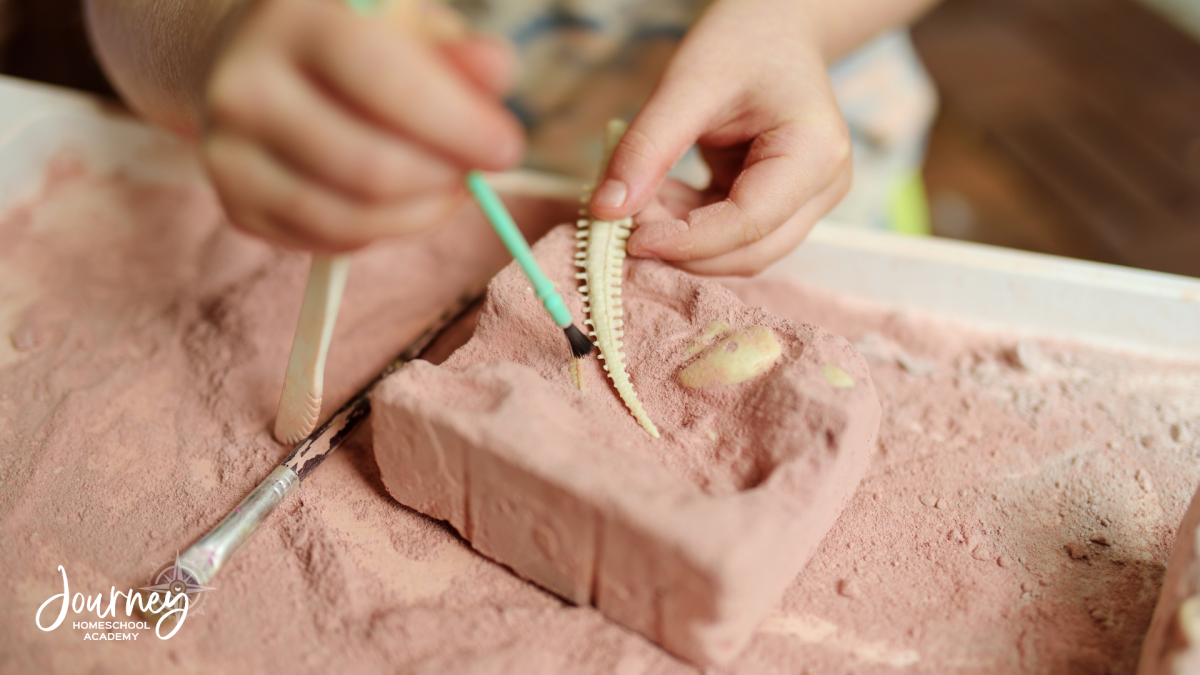
Practical Tips for Teaching Earth Science at Home
- Get outside weekly: Whether it’s a hike, a cloud-watching afternoon, or a fossil hunt at a local park, outdoor time is the best classroom.
- Use living books: Bring science alive with stories, biographies, and narratives that make geology and meteorology feel exciting.
- Keep it simple: You don’t need fancy equipment to explore Earth science—start with curiosity, observation, and conversation.
- Mix methods: Copywork, journaling, and hands-on labs keep kids engaged from multiple angles.
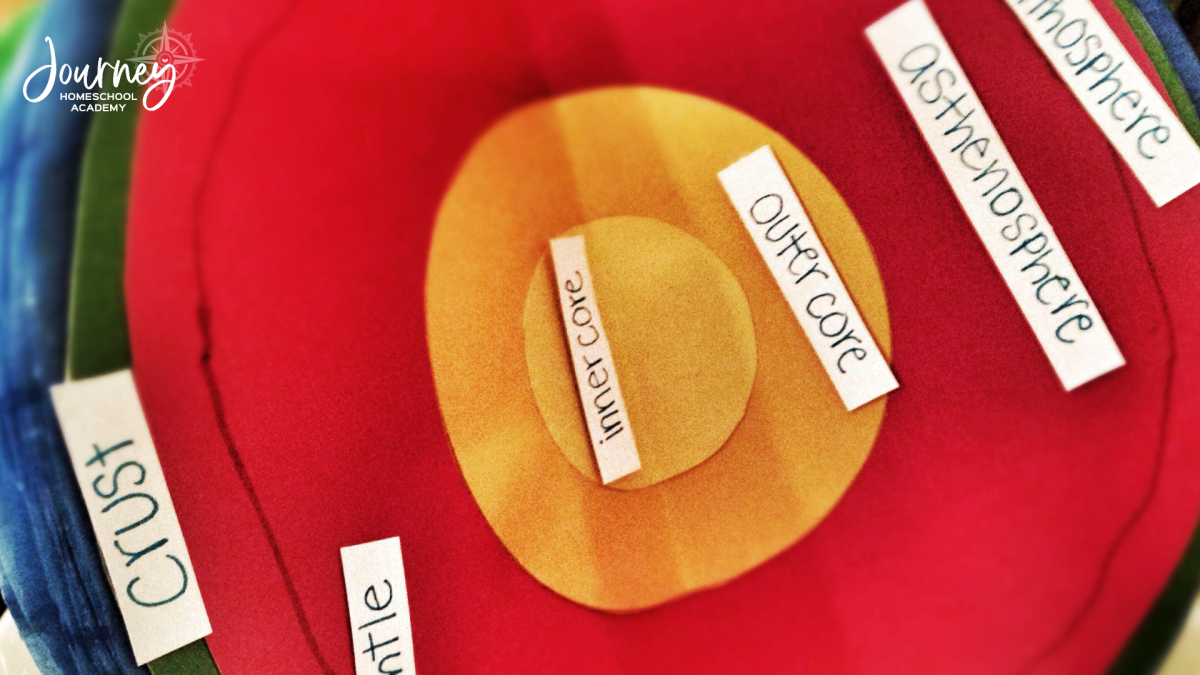
Conclusion
Earth science—through geology and meteorology—is one of the most exciting subjects you can explore in your homeschool. It connects kids to the real world, sparks deep wonder, and points them back to the Creator of it all.
You don’t need to be an expert scientist to give your children a meaningful science education. You just need the willingness to guide them—and the right resources to back you up. With tools like Journey Homeschool Academy’s Earth Science Explored, you can inspire a love of learning and a love of God’s creation at the same time.
